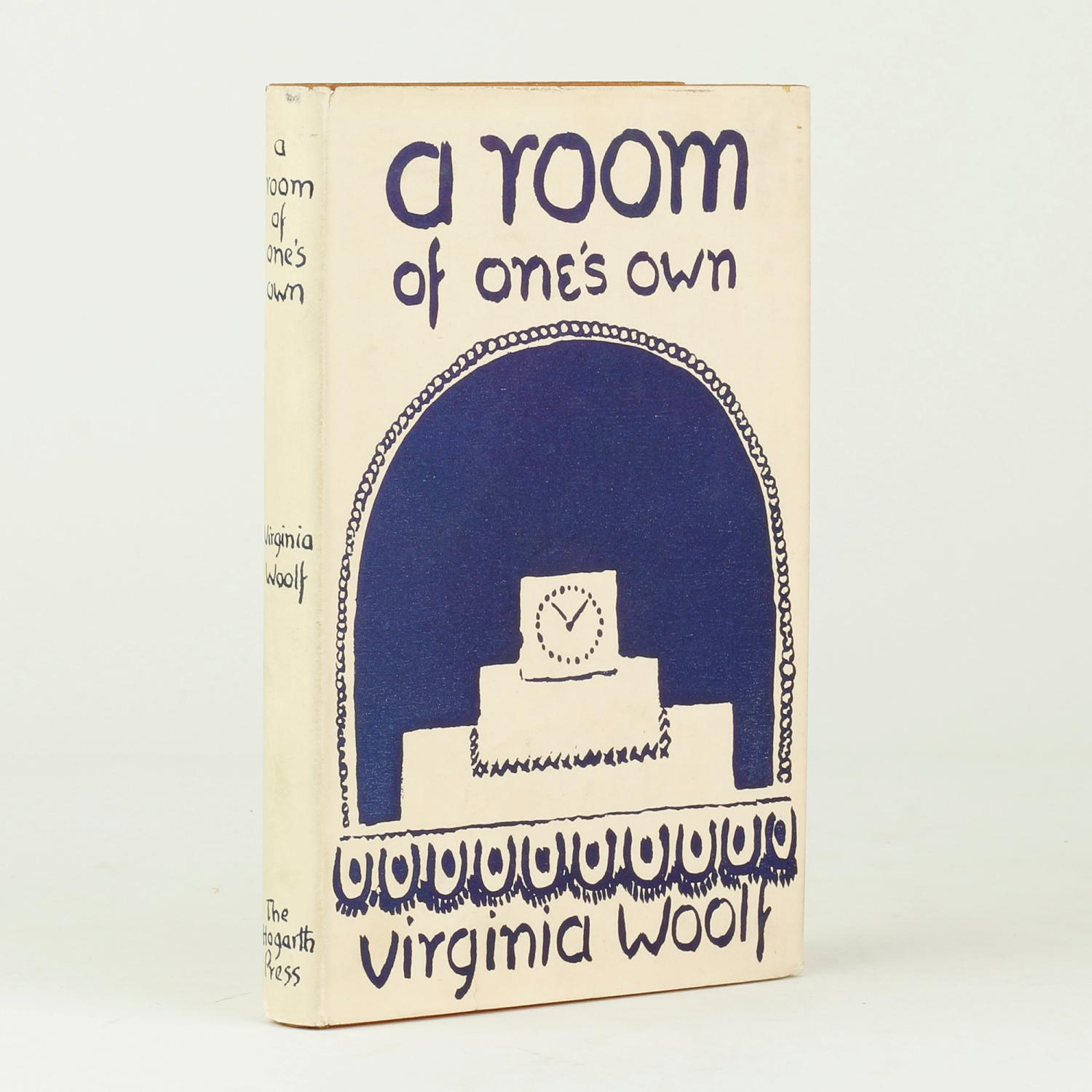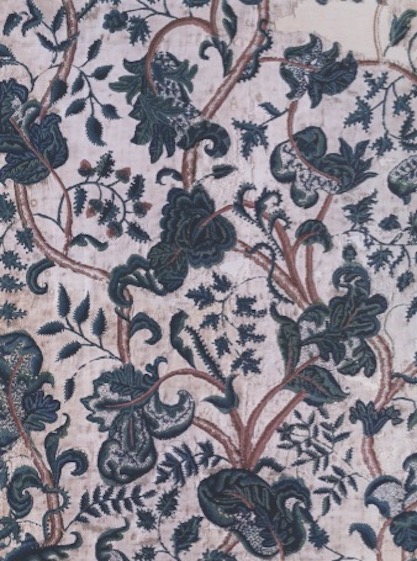
A mouli: indispensable for soup and apple sauce. Yesterday’s tomato soup: chop and fry an onion briefly, add a pound of tomatoes, a large chopped raw potato, some basil and bay leaves, simmer for half an hour and put through the mouli. Wash it up straightaway. Apple sauce: wash apples briefly, chop into four or eight, put in saucepan with a bit of water and simmer till soft, put through mouli. Wash it up straightaway. The apple sauce is particularly nutritious ie. ace for the immune system, it’s something to do with the goodness from the skin and pips being incorporated. But then tomatoes are super healthy too. Other staple soup: Hippocrates soup. Wash and roughly chop a carrot, leek, onion, potato, tomato, stick of celery, half a celeriac root and simmer for two to three hours then mouli. The reason for washing up straightaway is that it is very easy when done immediately, it takes half a minute holding the three disassembled pieces under the cold running water but if you leave it then it becomes a chore. Still, far less of a chore, in the view of many, than washing up a Magimix or similar. Oh we also try and kid ourselves that there is something super healthy for older people about vigorously turning the mouli handle. The young are of course perfectly happy with readymade soup or electric gadgets!





 And the absolute essential: a casserole which can cook basically everything, even be used as a bread oven. The secret is never, ever to wash it in detergent but always in extremely hot water: that leaves a thin layer of grease and food won’t stick. Obviously if the casserole had been used for a beef stew it should be swished out with boiling water, but the general rule (to get the same wonderful surface as for the cast iron skillet) is no washing up liquid. Have a lovely weekend, dear Persephone readers, there will be a Letter tomorrow about life in lockdown and we send you all very best wishes.
And the absolute essential: a casserole which can cook basically everything, even be used as a bread oven. The secret is never, ever to wash it in detergent but always in extremely hot water: that leaves a thin layer of grease and food won’t stick. Obviously if the casserole had been used for a beef stew it should be swished out with boiling water, but the general rule (to get the same wonderful surface as for the cast iron skillet) is no washing up liquid. Have a lovely weekend, dear Persephone readers, there will be a Letter tomorrow about life in lockdown and we send you all very best wishes.






 The jewel in Newnham’s aesthetic crown, or rather jewels, are the six Champneys buildings, details
The jewel in Newnham’s aesthetic crown, or rather jewels, are the six Champneys buildings, details 
 Famously, Virginia Woolf ate her less than delicious meal at Newnham and gave her talk there (it was slightly inaudible) before turning it into A Room of One’s Own. Newnham has an original copy in its archive. There is now a Persephone edition with a preface by Clara Jones.
Famously, Virginia Woolf ate her less than delicious meal at Newnham and gave her talk there (it was slightly inaudible) before turning it into A Room of One’s Own. Newnham has an original copy in its archive. There is now a Persephone edition with a preface by Clara Jones.